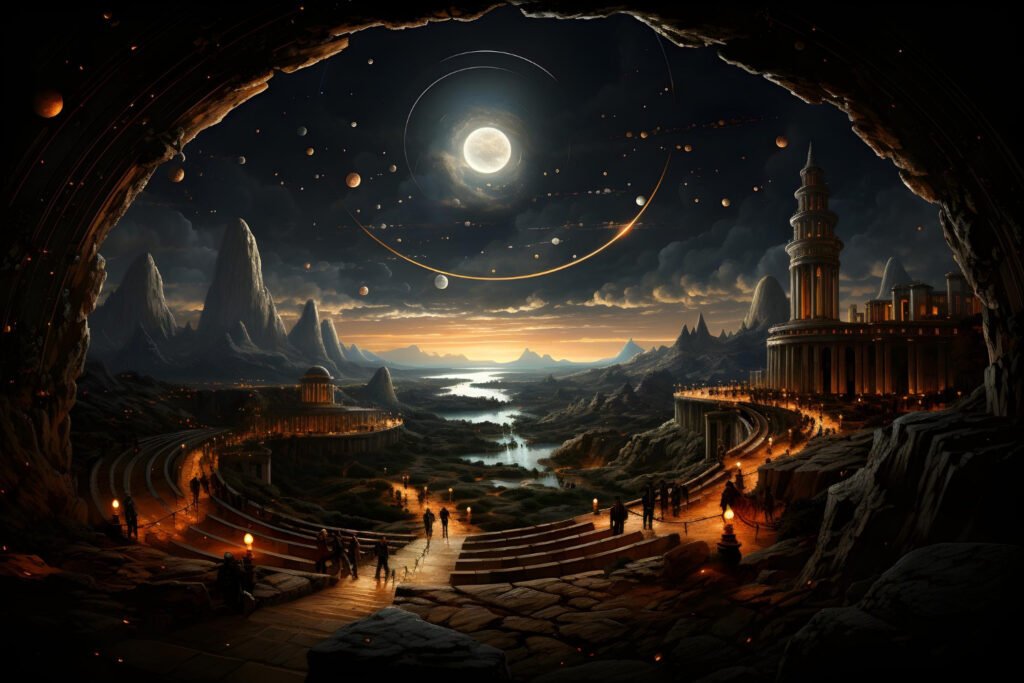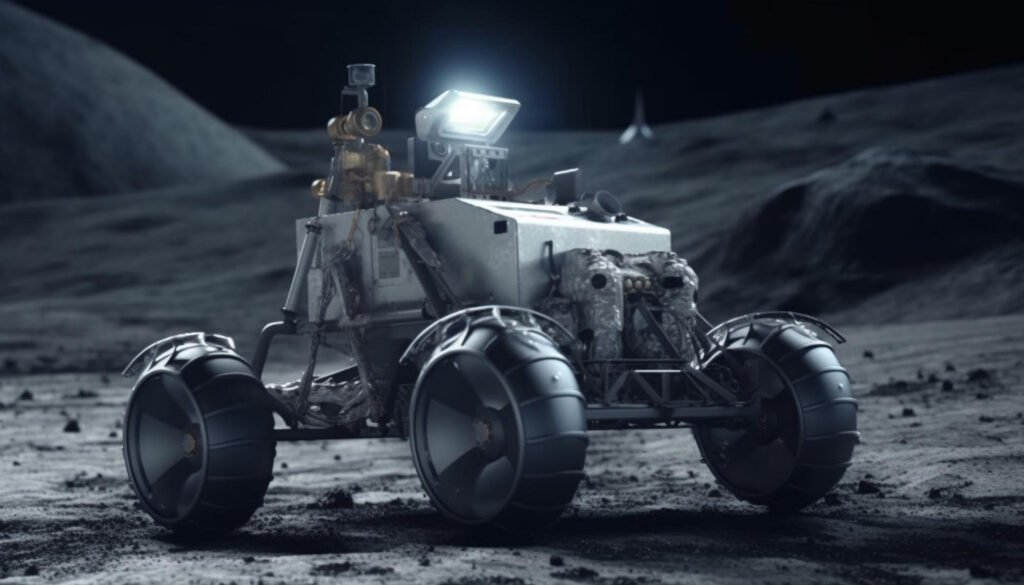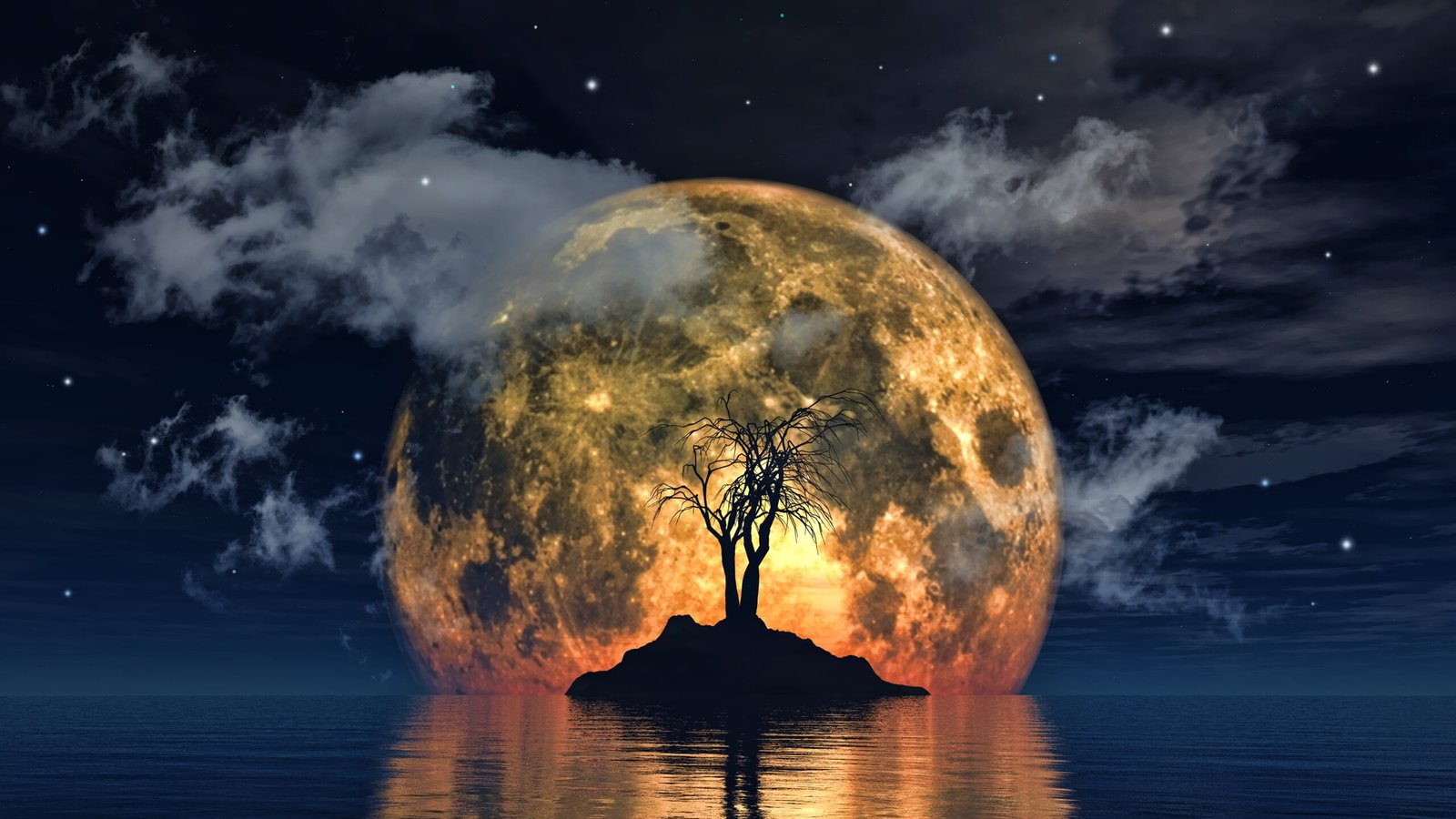The current moon phase is an interesting topic that has fascinated humans for centuries. The moon has been a source of wonder and inspiration for poets, artists, and scientists alike. Understanding the current moon phase can provide valuable insights into the behavior of the moon and its relationship with the Earth.
Current Moon Phase:
The moon is the Earth’s only natural satellite and is an important part of our planet’s ecosystem. It affects the tides, the weather, and even the behavior of animals. The current moon phase refers to the appearance of the moon as seen from the Earth. It is determined by the position of the moon in its orbit around the Earth and the angle at which the sun’s light is shining on it.
Knowing the current moon phase can be useful for a variety of reasons. For example, it can help astronomers plan observations of the moon and other celestial objects. It can also be useful for farmers who use the moon’s phases to determine the best time to plant and harvest crops. Additionally, many people believe that the moon’s phases can have an impact on human behavior and emotions. Understanding the current moon phase can help individuals better understand their own moods and reactions.
Understanding Moon Phases

New Moon
The new moon is the first phase of the moon, and it occurs when the moon is between the sun and the earth. This means that the side of the moon facing the earth is not illuminated by the sun, making it invisible to the naked eye.
Waxing Crescent
The waxing crescent is the second phase of the moon, and it occurs when a small sliver of the moon becomes visible as it moves away from the sun. During this phase, the illuminated portion of the moon increases each day until it reaches the first quarter.
First Quarter
The first quarter is the third phase of the moon, and it occurs when the moon has completed one-quarter of its orbit around the earth. During this phase, half of the moon’s face is illuminated by the sun, making it visible from earth.
Waxing Gibbous
The waxing gibbous is the fourth phase of the moon, and it occurs when the moon is more than half illuminated but less than fully illuminated. During this phase, the illuminated portion of the moon continues to increase each day until it reaches the full moon.
Full Moon
The full moon is the fifth phase of the moon, and it occurs when the moon is fully illuminated by the sun. During this phase, the moon appears as a complete circle from earth.
Waning Gibbous
The waning gibbous is the sixth phase of the moon, and it occurs when the moon is more than half illuminated but less than fully illuminated. During this phase, the illuminated portion of the moon decreases each day until it reaches the last quarter.
Last Quarter
The last quarter is the seventh phase of the moon, and it occurs when the moon has completed three-quarters of its orbit around the earth. During this phase, half of the moon’s face is illuminated by the sun, making it visible from earth.
Waning Crescent
The waning crescent is the eighth and final phase of the moon, and it occurs when a small sliver of the moon becomes visible as it moves closer to the sun. During this phase, the illuminated portion of the moon decreases each day until it becomes invisible again during the new moon phase.
Understanding the different phases of the moon is important for anyone interested in astronomy or astrology. By observing the moon’s changing appearance throughout the month, you can gain a better understanding of the moon’s relationship to the earth and the sun.
Determining the Current Moon Phase

Determining the current moon phase can be done in a variety of ways. Here are a few techniques to help you figure out what phase the moon is in.
Observation Techniques
One of the easiest ways to determine the current moon phase is to simply observe the moon in the sky. By looking at the moon’s shape and position in the sky, you can get a general idea of what phase it is in. For example, if the moon is a thin crescent shape, it is likely in the waxing crescent phase. If the moon is a full circle, it is likely in the full moon phase.
Using Moon Phase Calendars
Another way to determine the current moon phase is to use a moon phase calendar. These calendars show the different phases of the moon for each day of the month. By looking at the current date on the calendar, you can determine what phase the moon is in. Moon phase calendars can be found online or in many bookstores.
Smartphone Apps and Websites
Smartphone apps and websites can also be used to determine the current moon phase. These apps and websites use algorithms to calculate the current phase of the moon based on your location and the current date and time. Some of these apps and websites also provide additional information about the moon, such as its rise and set times and its distance from Earth.
In conclusion, there are several ways to determine the current moon phase, including observation techniques, moon phase calendars, and smartphone apps and websites. By using these techniques, you can stay informed about the moon’s current phase and better understand its impact on the world around us.
Cultural Significance of Moon Phases
Mythology and Folklore

Since ancient times, the moon has been a source of fascination and inspiration for cultures around the world. Many mythologies and folklores have been built around the moon and its phases. In some cultures, the moon is seen as a deity or a powerful force that controls the tides and influences human behavior. For instance, in Greek mythology, the moon goddess Selene was believed to drive her chariot across the sky every night, bringing the moon with her.
Agricultural Practices
The moon’s phases have also played a significant role in agriculture. Farmers have long used the lunar calendar to determine the best time for planting, harvesting, and other agricultural activities. For example, during the full moon, the sap in plants rises, making it an ideal time for pruning and grafting. On the other hand, during the new moon, the sap is at its lowest, making it a good time for planting root crops.
Religious Observances
Many religions have also incorporated the moon’s phases into their observances. For instance, in Islam, the start of the lunar month is determined by the sighting of the new moon. This marks the beginning of the month of Ramadan, a time of fasting and spiritual reflection. Similarly, in Hinduism, the full moon is an auspicious time for performing puja (worship) and making offerings to the gods.
Overall, the moon’s phases have played a significant role in shaping human culture and beliefs. Whether it’s through mythology, agriculture, or religion, the moon has been a source of inspiration and guidance for centuries.
Scientific Relevance of Moon Phases
Tidal Influences
The moon’s gravitational pull is responsible for the tides on Earth. The gravitational pull of the moon causes a bulge in the ocean on the side of the Earth facing the moon, creating a high tide. On the opposite side of the Earth, there is also a high tide due to the centrifugal force created by the Earth’s rotation. The areas in between experience low tide. The moon’s phase affects the strength of the tides, with the highest tides occurring during a full or new moon.
Lunar Cycle Research
The study of the moon’s phases has been an important area of research for astronomers and scientists alike. The lunar cycle, which lasts approximately 29.5 days, has been studied for centuries. Observations of the moon’s phases have helped astronomers to understand the moon’s orbit and rotation, as well as its relationship with the Earth and other celestial bodies.
Astronomy and Space Exploration

The moon’s phases have also been important in the field of astronomy and space exploration. The study of the moon’s phases has helped to determine the best times for launching space missions to the moon and other planets. The phases of the moon have also been used to determine the best times for observing celestial events, such as meteor showers and eclipses.
In conclusion, the study of the moon’s phases has been an important area of research in many scientific fields. From understanding the tides on Earth to planning space missions, the moon’s phases have played a crucial role in our understanding of the universe.

